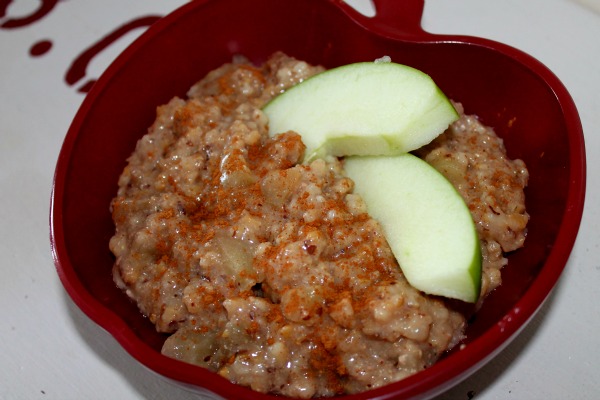My Blog = My Life: milk
Monkey Bread
How A Single Income Family Can Afford A Whole-Food Diet

Cinnamon Raisin Bread
Nursing Time Essentials
Spinach Bacon Breakfast Bake

How To Make Gluten-Free "Cream Of ____" Soups

9 Ways To Increase Your Breast-Milk Supply

Refrigerator Cleaning Tips

Why Would You Keep Having Children In Such A Scary World?

Good Morning! Breakfast Smoothie

Linguine with Garlic Sauce | A New Favorite!


